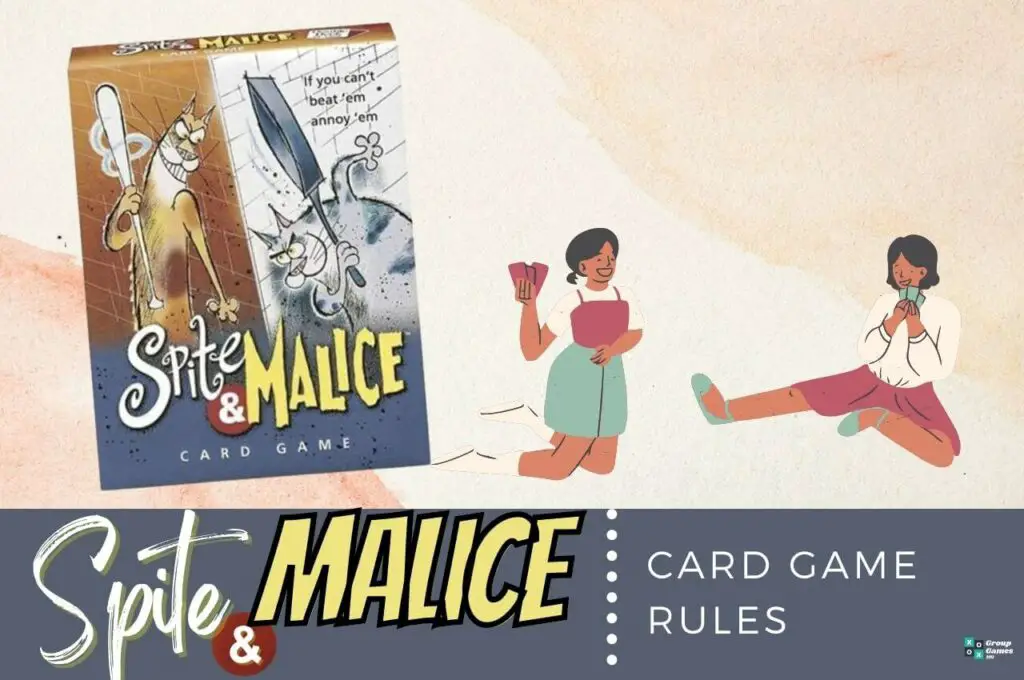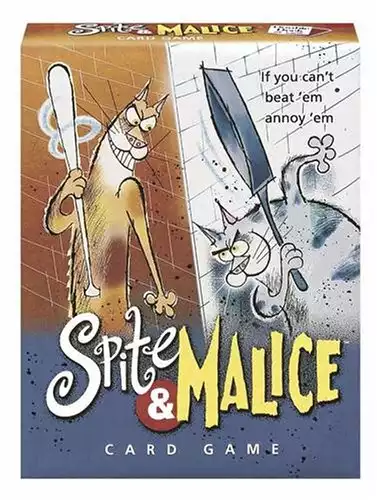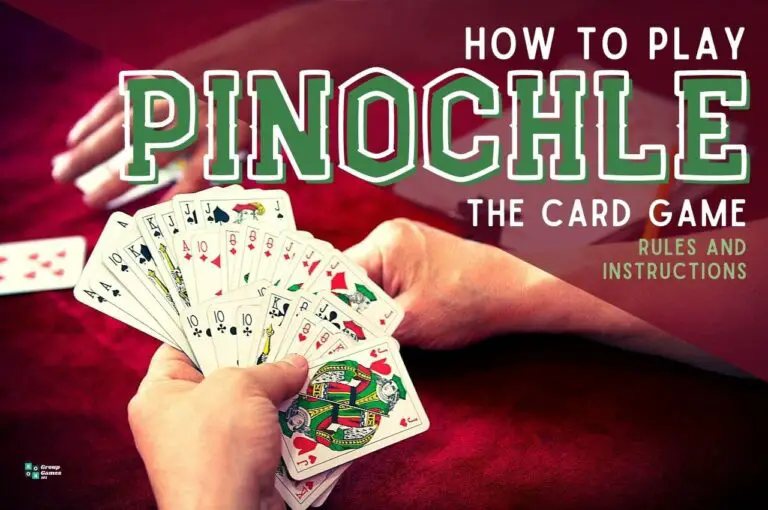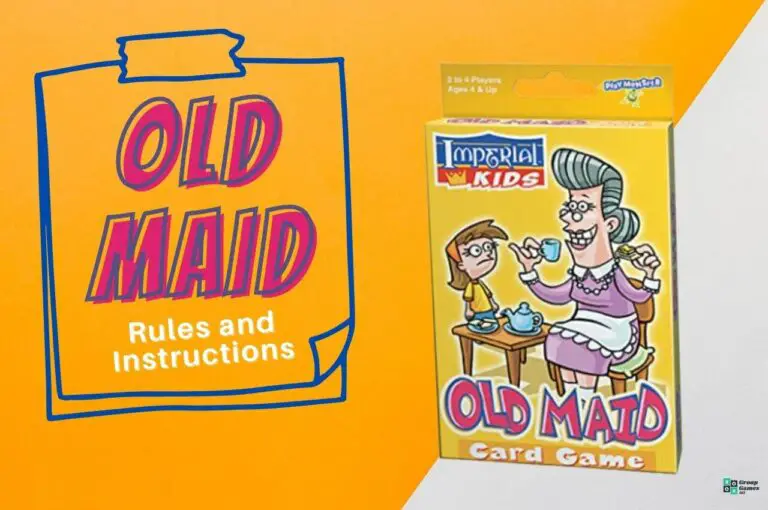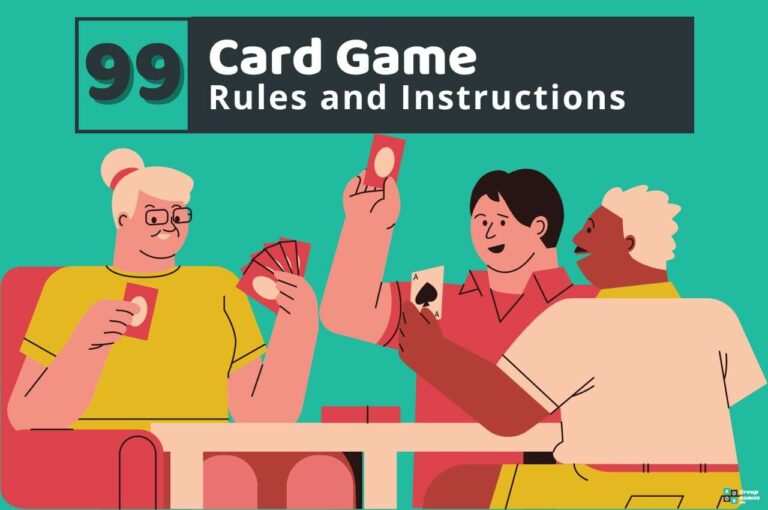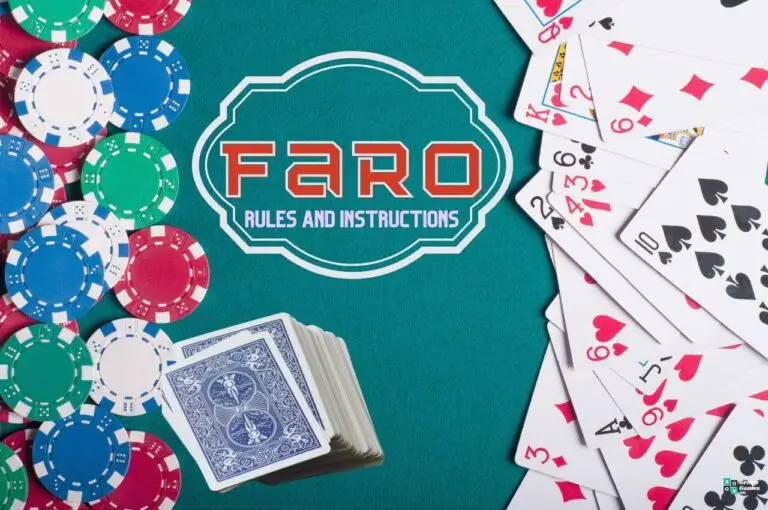Spite and Malice is a competitive card game for two players. It is intriguing but not too tricky, and no two games are ever the same. Not sure how to play? This article explains the Spite and Malice card game step by step.
Spite and Malice is a traditional game of Solitaire transformed into a race for two players (see classic Solitaire rules for comparison).
Also known as Screw Your Neighbor or Cat and Mouse, this game drives players to take turns compiling consecutive sequences of cards, trying to get rid of their hands and piles as fast as possible.
However, just like in the Double Solitaire rules, players don’t play simultaneously here, taking turns one by one instead. This downscaled tempo allows you to focus on the gameplay, develop your original tactics, and improve with each new round.
This Spite and Malice rules guide will cover the following:
- What is Spite and Malice?
- A brief history of Spite and Malice
- What you’ll need to play Spite and Malice
- Spite and Malice card game rules
- How to play Spite and Malice (video tutorial)
- FAQs
- Other similar games to Spite and Malice (our guides)
Read on and learn how to play Spite and Malice from dealing to final scoring.
What is Spite and Malice?
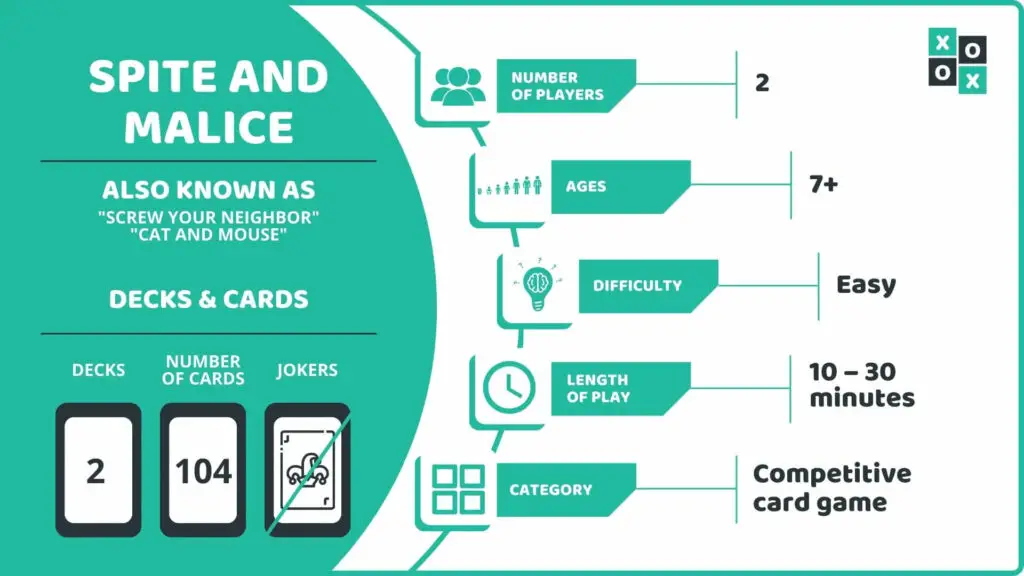
In Spite and Malice, you work with the standard principle of Solitaire: Building a consecutive sequence of cards and thus getting rid of your stockpile. Nevertheless, this time around, you have an opponent to beat.
Number of Players: 2 players
Ages: 7+
Difficulty: Easy
Length of Play: 10 – 30 minutes
Category: Competitive patience (solitaire) card game
Similar to: Double Solitaire, Skip-Bo, Russian Bank
Main Objective: Be the first to play all the cards from your stockpile by moving them into the center pile.
Why We Love It: Spite and Malice is an ideal game for those who want to upgrade their favorite Solitaire into a competitive game for two.
A Brief History of Spite and Malice
Spite and Malice is a modern take on a late 19th-century European game called Crapette. French-originating Crapette was historically known as Wrangle (in English-speaking countries) or Tunj in the Middle East.
The game was a favored pastime in pubs and playrooms in many regions. It was also popular in armies around the world during both world wars. This led to the development of numerous alternative versions of the game and different interpretations of its rules.
The modern commercial version of the game was first released in 2002 by Hasbro.
What You’ll Need to Play Spite and Malice
If you want to play Spite and Malice, you have two options regarding your equipment:
OR
- Buy an original Spite and Malice card game set
If you play the game with standard cards, remove Jokers since you won’t need them.
Spite and Malice Card Game Rules
The following rules consider gameplay with two standard poker-style card decks. If you plan to play the game with a dedicated set from Hasbro, check the included instructions for alterations.
Starting the Game
Before you start playing, shuffle both card decks together thoroughly. Now each player is dealt 20 cards, one card at a time. Keep them face-down in two separate stacks – these will be the stockpiles. You can flip top cards on each of the piles.
The remaining cards from the deck will form a draw pile. You can place them in the center of the table.
Before you start playing, you should understand how cards are valued in this game:
- Valid sequences run from Ace (lowest) to Queen (highest). Color does not matter.
- Kings are considered the wild cards that can replace any missing cards in the sequences.
The player with the highest-ranking face-up card on the stockpile goes first.
How to Play Spite and Malice
Once you’re ready, the gameplay goes as follows:
- Player 1 draws five cards from the face-down draw pile. This is the player’s hand; he should hide it from his opponent at all times.
- Player 1 can immediately start a building set in the center of the table if he has Ace or King (wild card).
- He can also continue building the set, adding 2, 3, 4, etc.
- The player’s turn ends by discarding one card into his discard pile next to the stockpile (note that it is more like a discard row since you’ll add cards side by side instead of stacking them in a pile).
- If you manage to play all five cards from your hand before discarding, draw five more cards and repeat your whole turn.
Now it’s time for the second player to take his turn.
- The next player also draws five cards.
- Player 2 can continue building the set created by Player 1 by adding a card from his stockpile or hand.
- He flips the next top card on the pile if he uses a stock card. If the new top card also matches, he continues adding cards to the building set as long as possible.
- Player 2 can also establish a new set next to the existing one (again, using Ace or King as a starting card).
- Once Player 2 runs out of possible moves, he ends his turn by discarding a card into his own discard pile.
Player 1 is on the move again now. He starts his turn by drawing as many cards as he needs to have five cards in hand again (if he finished his previous turn with two cards, he draws three additional cards, etc.).
He adds cards to any of the building sets in the center, either from his hand or the stockpile. He can use King as a wild card whenever he needs to (e.g., if the building set ends with the number 4 and the player has 6 in hand, he can use King as a replacement for the card number 5 and add a whole sequence).
Each turn ends with a player discarding one of his cards into his “discard row.”
Completing a set
When a building set reaches Queen, it is considered completed. The opponent of the player who finished the set takes the whole pile and shuffles it with the draw deck.
Discard pile rules
Each player can have a maximum of four discard cards in their discard row. Then he must stack new discard cards on the top of the previous ones.
The color or ranking of your discard cards doesn’t matter – you can stack any cards on top of each other. However, you can only move the top cards to the building sets, not the cards buried below them.
Expert tip: Since you can only use the top cards from your discard piles, it is wise to stack cards with equal ranks on top of each other. This gives you instant access to the cards you need.
Alternative rules
The gameplay described above can be considered classic and probably the most widely spread. Nevertheless, there are dozens of alternative practices and interpretations of this game worldwide.
Here are some of the most common alternative Spite and Malice rules you might come across:
- Players can receive from 13 to 26 cards each. The more cards they get, the longer the game will usually take.
- Even more than two players can play spite and Malice, but you have to add one more deck of cards for each player.
- Some game variations don’t allow using the wild card (King) to replace Ace and 2.
- Discarding pairs of cards with equal ranks together is sometimes permitted too.
- Kings can serve as standard cards (following the Queens and completing building sets).
Spite and Malice Scoring
The gameplay continues until the players use all the cards from their stockpiles. The first player who manages to play all his cards wins the game.
How to Play Spite and Malice – Video Tutorial
Spite and Malice Frequently Asked Questions
What are Spite cards in Spite and Malice?
If you play Spite and Malice with the original Hasbro game set (instead of standard poker-style cards), you will get Spite cards with different calls to action (e.g., Discard a build pile, End anyone’s turn, etc.). Play this card into a discard pile and do as it says to spice up the game.
Do you use jokers in Spite and Malice?
If you decide to use Kings as standard cards in your game (adding them after Queens to your building piles), keep the Jokers in play and use them as wild cards instead.
How do you keep score in Spite and Malice?
Usually, you don’t keep any score in this game. The first player to get rid of his cards wins the game regardless of any score.
However, some players like to assign points for playing all five cards from their so-called goal pile or 1 point for each card remaining in their opponents’ piles when they finish.
If you play more rounds of the game, this score can help you determine who is the total winner of the whole tournament.
Other Similar Games to Spite and Malice (Our Guides)
Looking for more competitive card games loosely based on Solitaire? Here are our guides to a few good Spite and Malice alternatives you might try:
- Nertz card game rules
- Egyptian Ratscrew rules
- James Bond card game rules
- Misery rules (guide coming soon)
- Pishe Pasha rules (guide coming soon)
- Kings in the Corner rules
- Saturn game rules (guide coming soon)
- Spit card game rules

